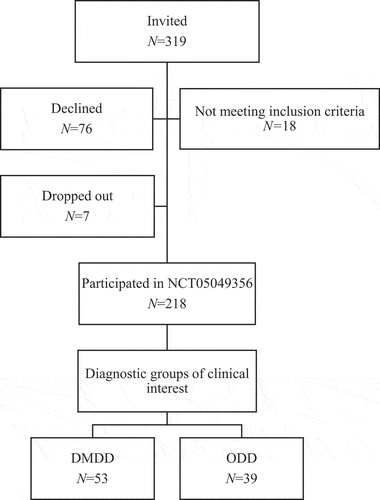Figures & data
Table 1. Participant characteristics.
Table 2. Test statistics of the measures across DMDD and ODD.
Figure 2. Social cognition score distributions.
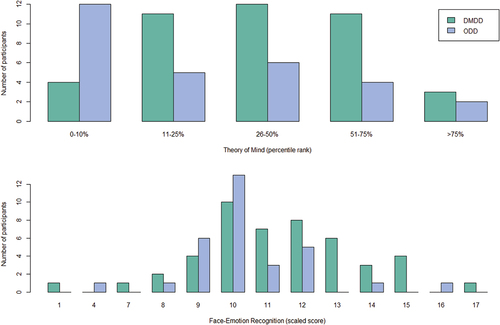
Figure 3. Executive functions scaled score distributions.
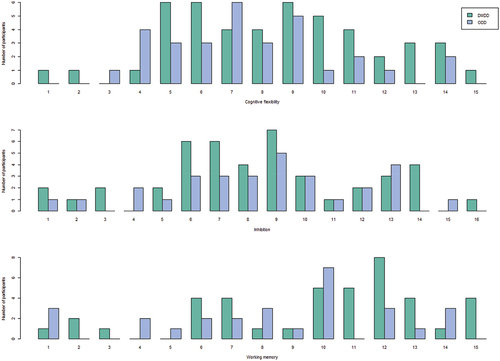
Table 3. Correlations between variables in DMDD and ODD.
Figure 4. Regression model in children with DMDD with coefficients.
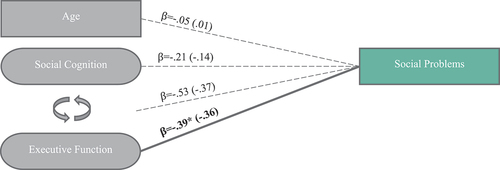
Figure 5. Interaction effect of executive function and social cognition on social problems in children with ODD.
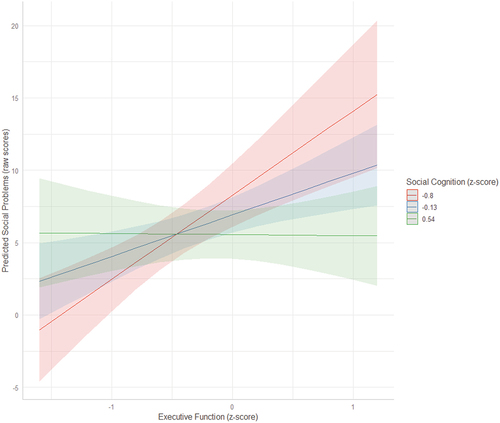
Figure 6. Regression model in children with ODD with coefficients.

Table 4. Regression analyses predicting CBCL social problems.

